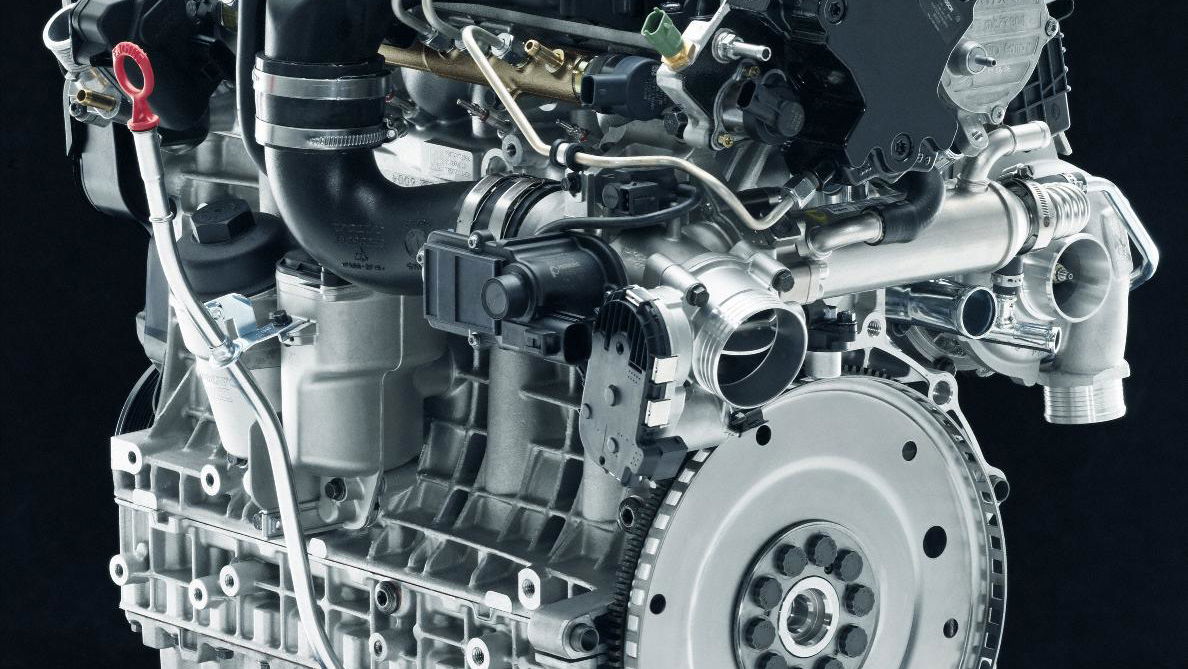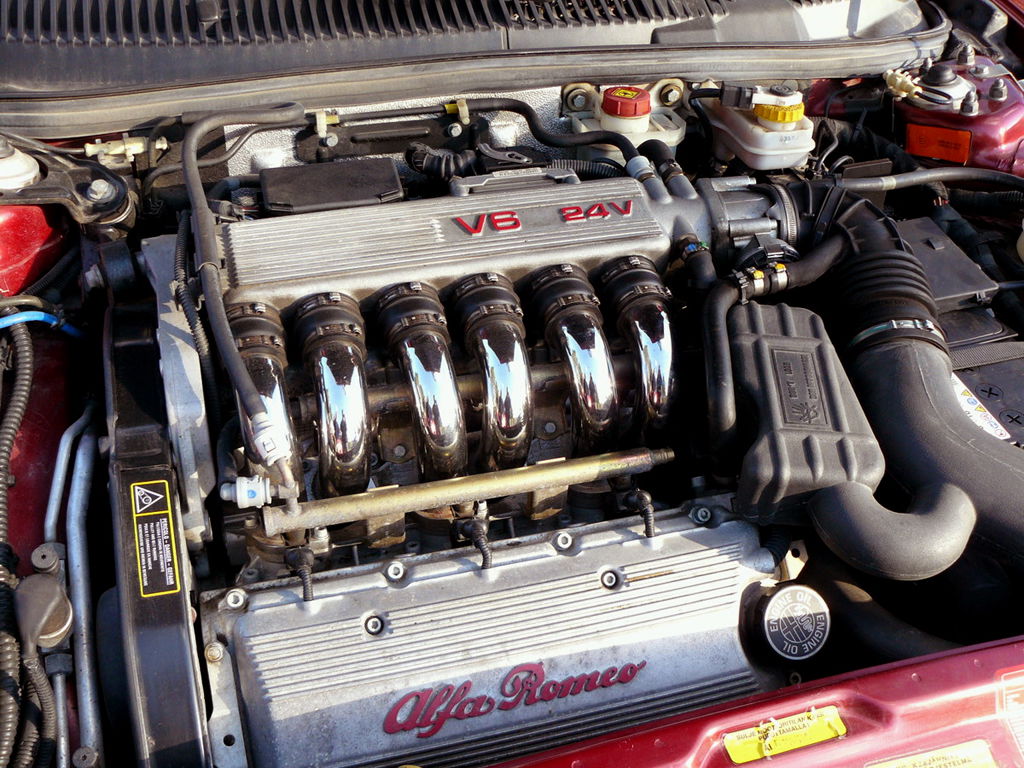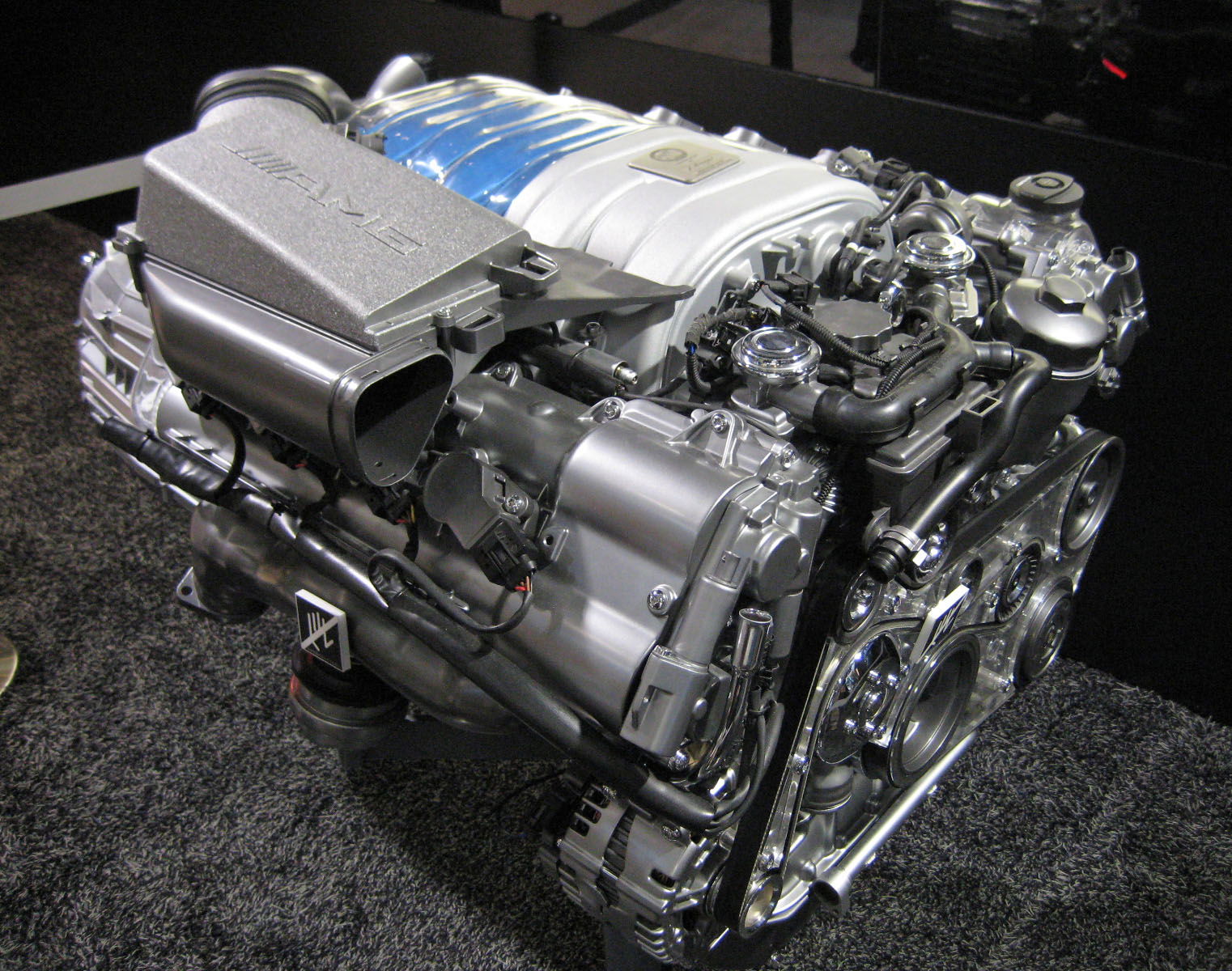10 Iconic Engines Every Petrolhead Needs To Know

Volvo Modular Engine - Inline-five

Volvo’s modular engines are a series of straight-four, straight-five and straight-six engines, but it’s the five-pot we get excited about. It might not be the most compact engine configuration ever made, but the noise it makes is pretty special. In fact, a 2.5-litre version even made its way into the mk2 Ford Focus RS, with a power output of 300bhp.
S85 BMW V10

The S85 has genuine motorsport heritage, as it’s derived from BMW’s involvement with Formula 1. The 5.0-litre V10 was built for use in the E60/E61 M5 and E63/E64 M6, making 507bhp and 384lb ft of torque. Unlike many other popular BMW engines it’s not a mass market powerplant, made solely for use in M products. It’s also quite popular as a swap into the smaller M3.
The block is cast aluminium, the crankshaft is forged steel, and it runs a quasi-dry sump lubricating system. It’s a high-revving unit that doesn’t share any parts from its predecessor, making it really rather special indeed. That, and the fact that with variable valve timing and individual throttles for each cylinder, the power band is wide, and means the savage grunt is always on tap.
Alfa Romeo V6 'Busso'

This characterful engine gets its nickname from its creator, Giuseppe Busso. The Italian engineer worked for Alfa’s special project office (Servizio Studi Speciali) - the man became such a legend that even after he retired, Enzo Ferrari convinced him to come and work on Prancing Horses with him.
Busso’s last hurrah was the 2.5-litre V6 engine that bears his name, and it first featured in the Alfetta GTV6 and Alfa 6 in 1979. So why is it so special? Well other than the fact that it looks gorgeous sat in the engine bay, it also sounds incredible. That’s true Italian charm shining through.
Busso passed away in 2006, a few days after the last of these V6s rolled off the production line.
BMW S50 straight-six

BMW’s six-cylinder engines are almost as iconic as the cars they’re placed in. There are a number of engines we could feature, but we’re going to focus on the S50.
The sporty version of the mainstream M50, the S50 had a tough act to follow. It was placed in the E36 M3, which was the followup to the iconic E30, and while the car received a lukewarm reception on launch, its engine has stood the test of time.
Differences over the standard engine include increased bore and stroke, taking engine capacity up to 3.0-litres. The M engine received a ported and polished cylinder head, individual throttle bodies on each cylinder, and a free flowing intake and exhaust system that resulted in a power increase to 286bhp and 236lb ft of torque. A US-specific version featured revisions that simplified the engine, resulting in less power at 240bhp and 225lb ft of torque.
Across the course of its life the S50 was heavily modified and placed in more and more hardcore cars, eventually making well in excess of 300bhp.
Mercedes-AMG 6.2-litre V8

The first engine produced solely by Mercedes-AMG, this V8 is an absolute brute. It’s a big 6.2-litre V8 that does without forced induction to give savage power delivery and unrivalled noise.
It appeared between 2006 and 2008 as the M156, powering a variety of cars such as the E 63 AMG, C 63 AMG and SL 63 AMG. It returned in 2010 (as the M159) under the long snout of the SLS AMG, though heavily reworked with an all-new intake system and flow-optimised steel headers to name but a few improvements.
Cosworth DFV

Anyone who knows anything about motorsport will know the name Cosworth. This particular V8 engine powered F1 cars from 1967 to 1985, an incredibly long run in a sport renowned for its innovation.
It debuted in the Lotus 49, and moved the engine game on so significantly that it quickly became the engine of choice for privateer teams - in 1969 and 1973, every single World Championship race was won by a DFV-powered car, and it won 155 of 262 races during its lifetime. It wasn’t until the likes of Renault managed to make their super-powered turbo engines reliable in the early 80s that Cosworth’s aging effort had to admit defeat.
Toyota 4A-GE

JDM fans will instantly recognise the engine code here. Built in conjunction with Yamaha, the 4-AGE has become synonymous with reliable performance.
Its most iconic feature is T-VIS, or Toyota Variable Induction System. It improves low-end torque by using butterfly valves on the intake runners, which open at 4200rpm. When closed at low speeds, the air is drawn in faster and creates a swirl in the combustion chamber, feeding the engine more efficiently. When opened the airspeed slows but air volume increases, improving engine performance.
Honda F20C

This 2.0-litre engine sits in the Honda S2000, and features a similar Jekyll and Hyde character to Toyota’s effort above. VTEC is infinitely better known than T-VIS, with the switch between profiles far more obvious.
It’s another motorsport-inspired engine, and was designed with fast engine response in mind. Keep it high in the rev range and you’ll be rewarded with a sonorous, frenetic driving experience. Until the Ferrari 458 came along, the S2000’s powerplant had the highest specific output for a naturally asprirated engine.
Volkswagen VR6

The VR6 is a genuinely intriguing addition to this list. It’s essentially a straight-V engine. It was designed for transverse use in front-wheel drive cars, and thanks to its staggered cylinders is able to use a single cylinder head. This reduces size, cost, and provides simplifications elsewhere in the build. It’s been used in a wide variety of VWs, proving versatile in both mainstream cars and performance applications.
We highly recommend you check out the Wikipedia entry about the engine, which has excellent diagrams that explain how the VR6 works.














Comments